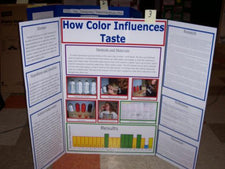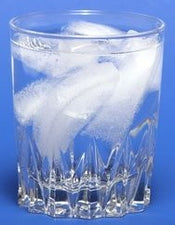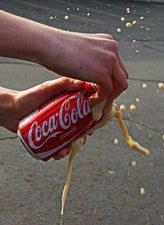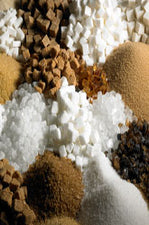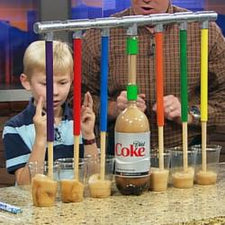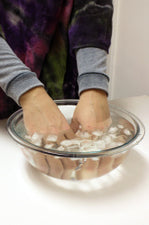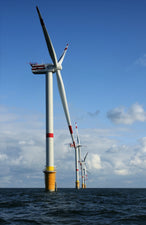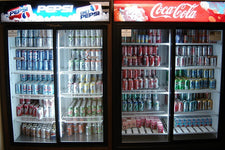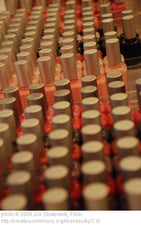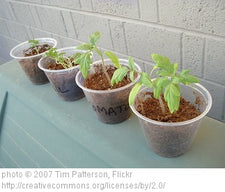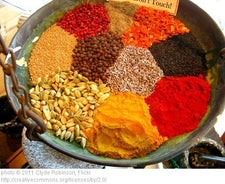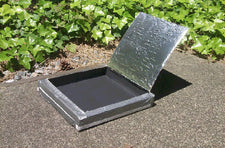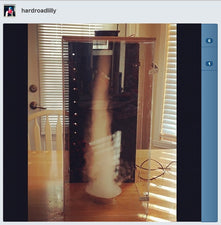Factors That Affect the Rate of Evaporation

Kaiti, a sixth grade science fair participant and athlete, became interested in evaporation when she learned that the concept helped to keep her and her teammates cool on the basketball court during practice and games. As we exert ourselves, our bodies produce sweat (a liquid) which evaporates when it meets the air, taking some of our body's excess heat with it. The flip side of this phenomenon is that, if we don't replenish our body's store of water and continue to exercise, we can become dehydrated. (Be sure to read the full article on sweat at Kids Health!) Interested by this delicate balance, Kaiti wondered what external factors affected the rate of evaporation - and which of the factors affected it the most!
Project Overview
Kaiti decided to explore three external factors:
- Wind speed
- Air humidity
- Water temperature
For each test, Kaiti measured 100mL of water into shallow containers, exposed them to the "elements" for 180 minutes - using a small fan to simulate wind and a humidifier to control room humidity - then measured the water left in each dish at the end of the allotted time.
For her original hypothesis, list of materials, experiment procedure, conclusions, and research report, be sure to check out Kaiti's project page! Along with humidity, wind, and temperature, you might also consider testing exposed surface area, room size, and other variables for a more complete picture of how evaporation works!
Resources:

